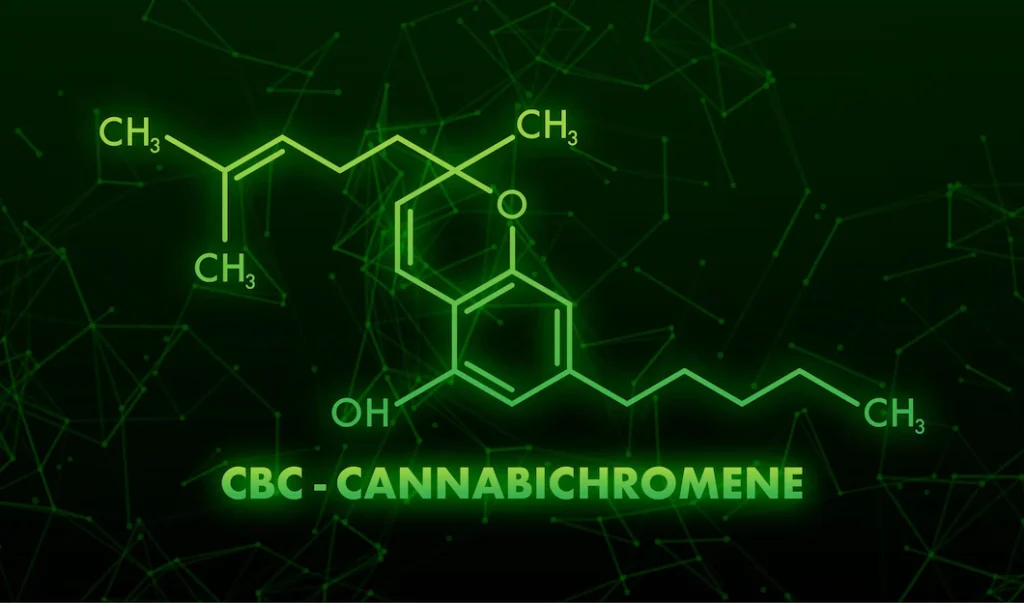
Synergy: Cannabigerol & the Entourage Effect
July 22, 2020
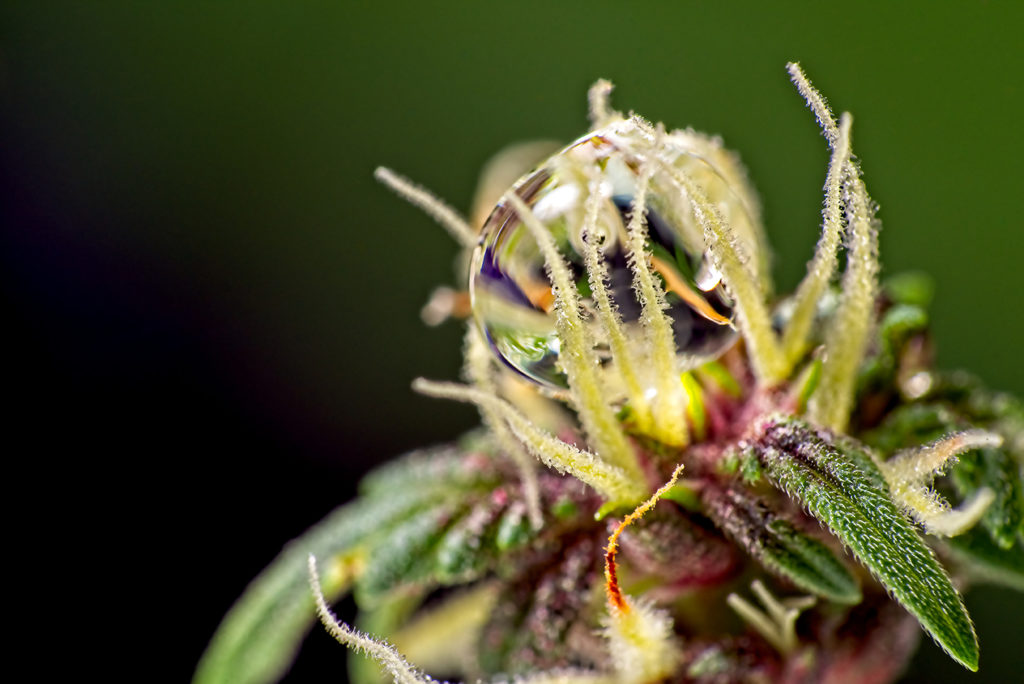
Over the last few months, we have discussed the cannabinoids in hemp and showcased the effects of CBD. This week we are turning our attention to Cannabigerol (canna-bi-gerahl), better known as CBG. We discovered that CBG has a long history, like CBD and THC, when we briefly discussed it in our Benefits of Cannabinoids post a couple of weeks ago. Today, we will explore CBG in detail and better understand how CBG, in addition to CBD, can synergistically support our endocannabinoid system (ECS).
What is CBG?
CBG is a phytocannabinoid that was discovered by Dr. Raphael Mechoulam, a chemist at the Weizman Institute in Israel, during the same time that his lab discovered THC and CBD in 1963-64.1 As we discussed in our post Benefits of Cannabinoids, CBG is created from its acidic form, Cannabigerolic acid (CBGA), known as the mother of cannabinoids, because CBGa is responsible for the formation of THCa, CBDa, CBCa, and CBG.
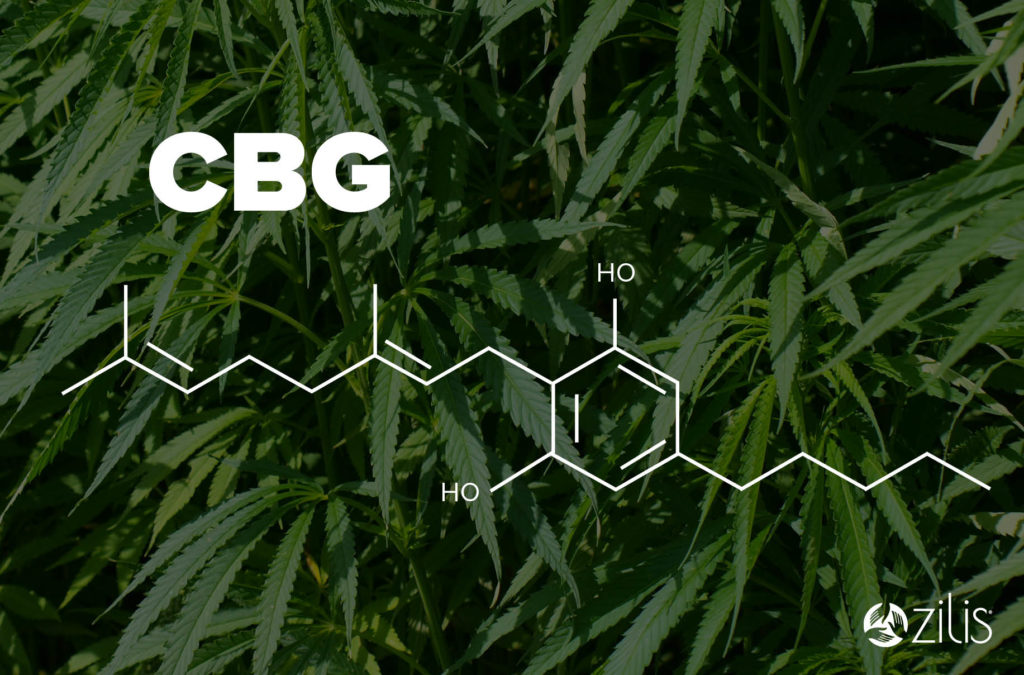
Interestingly, CBG only occurs in small quantities, making it rare and expensive. The small quantity is due to the majority of CBGa being broken down into THCa and CBDa.2 CBG is non-psychotropic and binds primarily with CB2 receptors that are highly concentrated in our peripheral nervous system and immune system. CBG also works synergistically with other cannabinoids to enhance overall wellness and bring balance to our ECS demonstrated by the entourage effect.* The entourage effect was originally recognized by Dr. Raphael Mechoulam and Shimon Ben-Shabat when they discovered that “inactive” metabolites and related compounds increased the activity of endocannabinoids Anandamide and 2-AG.3
Further research by Dr. Ethan Russo, board-certified neurologist and Director of Research and Development for the International Cannabis and Cannabinoids Institute (ICCI), described the effect as a phenomenon where the cannabinoids and other related compounds work in a synergistic fashion leading to increased therapeutic benefits as compared to those seen from individual compounds.4What does this mean? Here’s a simple analogy:
Gary has a goal to get healthy. He exercises but isn’t seeing results. A friend tells Gary that exercise alone might not work as well as drinking water, working out, and eating healthy because all of those healthy habits, together, create an entourage effect and support Gary in reaching his goals. Each of the listed behavioral changes on their own can have a benefit, but all three together might help Gary reach his goal more quickly.
Cannabinoids like CBG offer tremendous therapeutic support but, when taken together with other cannabinoids and compounds, they can better support your overall wellness and increase the balance of your ECS.* Full spectrum hemp-derived cannabinoid products offer all the beneficial terpenes, flavonoids, and other synergistic compounds that help support healthy body systems and help keep the body in balance.*
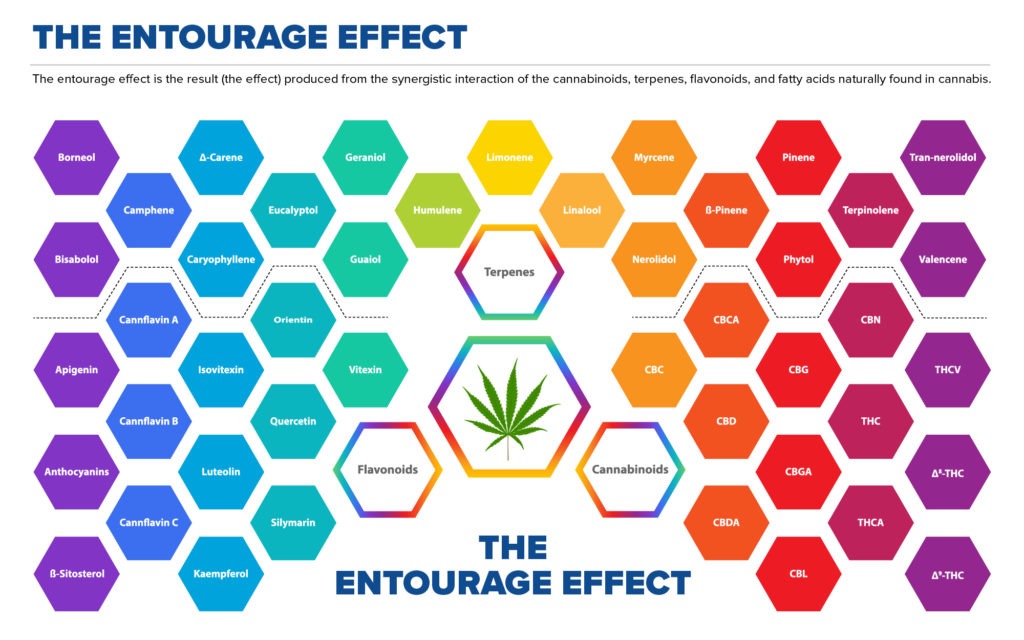
The combination of CBD and CBG contributes to a beneficial entourage effect as each cannabinoid offers its own support mechanism when interacting with the CB1 and CB2 receptors. In our post Benefits of Cannabidiol (CBD), we discussed the increasing evidence that CBD has numerous therapeutic potentials and is essential to supporting inner balance and the overall health and wellness of many of our body’s systems.* CBG supports overall gut health and a healthy skin microbiome, and when used with CBD, delivers further therapeutic benefits because of the power the entourage effect can have.*
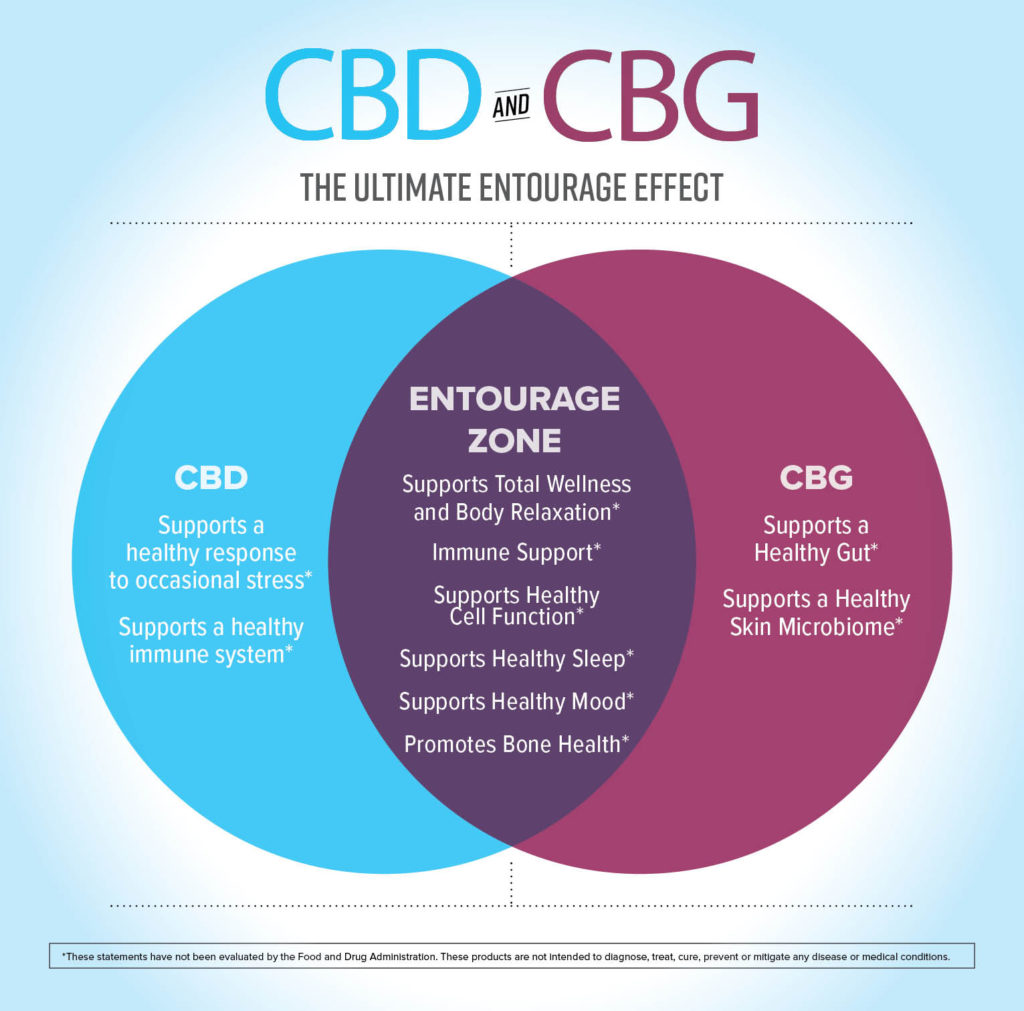
What does the research say?
Even though the majority of people may be less familiar with CBG, its growing potential hasn’t escaped the researcher’s eye. CBG was largely ignored for decades until recently. Studies show that CBG can potentiate effects throughout the ECS like CBD and THC. In one study, CBG was found to be helpful in the treatment of negative side effects of chemotherapy.5 As far back as the 1980s, animal research on CBG uncovered its support for overall eye health when administered regularly.6Another animal study published in 1996, evaluated CBG as a method to support normal, healthy cell growth.7 In 2013, research of CBG showed promise as a potential treatment of intestinal distress with the recommendation that human studies move forward.8 One of the very first human studies on CBG researched its effectiveness to help support appropriate levels of inflammatory compounds for healthy skin and additional support for the immune system.9 Researchers have also found that CBG offers support, not just in our immune system, but throughout many of our body’s systems.* Most notably, CBG helps support healthy digestion by stimulating appetite and helping to maintain a normal gut environment.* CBG has also been shown to support a healthy circulatory system10 normal, healthy bone growth,11 normal emotional health, and more.*
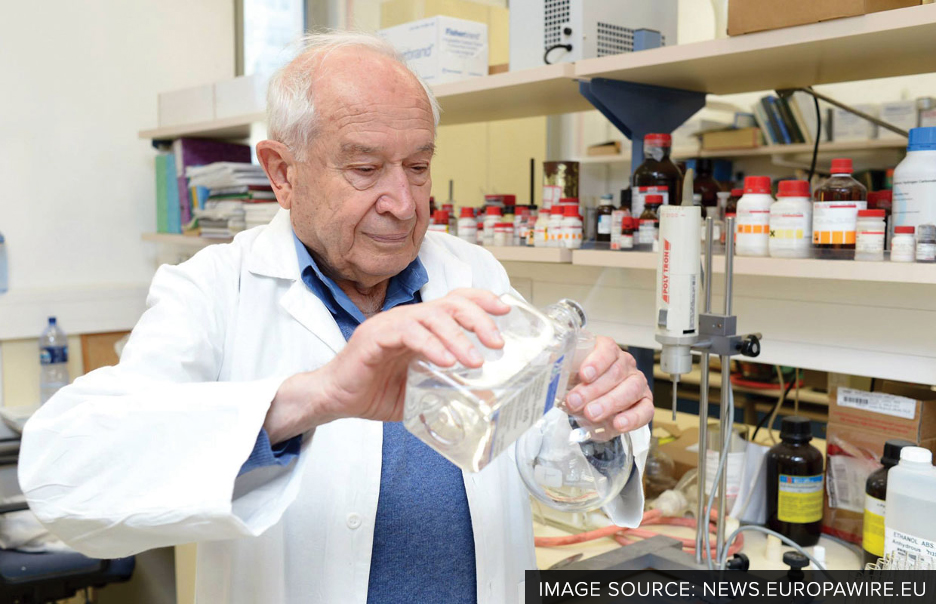
Ongoing research on CBG continues to uncover more and more of this amazing cannabinoid’s potential. Pharmaceutical companies are conducting research and filing patents on possible therapeutic benefits of CBG, two of which were filed in 2018 for studies related to inflammatory compounds, found in the skin and are related to keratinocytes (skin cells that produce keratin) and antiproliferative cell growth, respectively. GW Pharmaceuticals has also filed a patent on the uses of CBG in studies they have been and currently are conducting. See the full patent. Further studies report the potential neuroprotectant properties of CBG on the central and peripheral nervous systems.12,13,14In addition CBG has also been studied as a way to support healthy levels of inflammatory compounds and support normal bone growth and healing properties.*15
The future of CBG
The more we learn about the potential benefits of CBG and its role in the entourage effect, the more we see an uptick in CBG research and hemp-derived CBG products on the market. Even the U.S. Government, with The National Center for Complementary and Integrative Health (NCCIH), announced their intent to research CBG and its therapeutic potential for nociception management which started back in 2019.16 With each new study, we see the potential benefits for cannabinoids like CBG skyrocketing ever higher. Unlocking new information on the benefits of the entourage effect with the advantages from the combination of CBG and CBD is just the start for really understanding the balance our bodies strive for and the combination of cannabinoids that will help us achieve that homeostasis.
Join us next week for insight about the U.S. Hemp Authority® and it’s role in the hemp industry from Zilis’ Director of Science and Research, Dr. Marielle Weintraub and exclusive hemp counsel, Jonathan Miller, Esq.
*These statements have not been evaluated by the Food and Drug Administration. These products are not intended to diagnose, treat, cure, prevent or mitigate any disease or medical conditions.
[1] Mechoulam, R., & Hanuš, L. (2000). A historical overview of chemical research on cannabinoids. Chemistry and Physics of Lipids, 108(1-2), 1-13. doi:10.1016/s0009-3084(00)00184-5
[2] Meijer, E. P., & Hammond, K. M. (2005). The inheritance of chemical phenotype in Cannabis sativa L. (II): Cannabigerol predominant plants. Euphytica, 145(1-2), 189-198. doi:10.1007/s10681-005-1164-8
[3] Ben-Shabat, S., Fride, E., Sheskin, T., Tamiri, T., Rhee, M., Vogel, Z., . . . Mechoulam, R. (1998). An entourage effect: Inactive endogenous fatty acid glycerol esters enhance 2-arachidonoyl-glycerol cannabinoid activity. European Journal of Pharmacology, 353(1), 23-31. doi:10.1016/s0014-2999(98)00392-6
[4] Russo, E. B. (2019). The Case for the Entourage Effect and Conventional Breeding of Clinical Cannabis: No “Strain,” No Gain. Frontiers in Plant Science, 9. doi:10.3389/fpls.2018.01969
[5] Brierley, D. I., Harman, J. R., Giallourou, N., Leishman, E., Roashan, A. E., Mellows, B. A., . . . Williams, C. M. (2019). Chemotherapy‐induced cachexia dysregulates hypothalamic and systemic lipoamines and is attenuated by cannabigerol. Journal of Cachexia, Sarcopenia and Muscle, 10(4), 844-859. doi:10.1002/jcsm.12426
[6] Colasanti, B. K., Craig, C. R., & Allara, R. (1984). Intraocular pressure, ocular toxicity and neurotoxicity after administration of cannabinol or cannabigerol. Experimental Eye Research, 39(3), 251-259. doi:10.1016/0014-4835(84)90013-7
[7] Baek, S., Du Han, S., Yook, C.N. et al. Synthesis and antitumor activity of cannabigerol. Arch. Pharm. Res. 19, 228–230 (1996). https://doi.org/10.1007/BF02976895
[8] Borrelli, F., Fasolino, I., Romano, B., Capasso, R., Maiello, F., Coppola, D., . . . Izzo, A. A. (2013). Beneficial effect of the non-psychotropic plant cannabinoid cannabigerol on experimental inflammatory bowel disease [Abstract]. Biochemical Pharmacology, 85(9), 1306-1316. doi:10.1016/j.bcp.2013.01.017
[9] Wilkinson, J. D., & Williamson, E. M. (2007). Cannabinoids inhibit human keratinocyte proliferation through a non-CB1/CB2 mechanism and have a potential therapeutic value in the treatment of psoriasis. Journal of Dermatological Science, 45(2), 87-92. doi:10.1016/j.jdermsci.2006.10.009
[10] Hazekamp, A., Fischedick, J. T., Díez, M. L., Lubbe, A., & Ruhaak, R. L. (2010). Chemistry of Cannabis. Comprehensive Natural Products II, 3, 1033-1084. doi:10.1016/b978-008045382-8.00091-5
[11] Baek, S., Du Han, S., Yook, C.N. et al. Synthesis and antitumor activity of cannabigerol. Arch. Pharm. Res. 19, 228–230 (1996). https://doi.org/10.1007/BF02976895
[12] Valdeolivas, S., Navarrete, C., Cantarero, I. et al. Neuroprotective Properties of Cannabigerol in Huntington’s Disease: Studies in R6/2 Mice and 3-Nitropropionate-lesioned Mice. Neurotherapeutics 12, 185–199 (2015). https://doi.org/10.1007/s13311-014-0304-z
[13] García, C., Gómez-Cañas, M., Burgaz, S. et al. Benefits of VCE-003.2, a cannabigerol quinone derivative, against inflammation-driven neuronal deterioration in experimental Parkinson’s disease: possible involvement of different binding sites at the PPARγ receptor. J Neuroinflammation 15, 19 (2018). https://doi.org/10.1186/s12974-018-1060-5
[14] Rodríguez-Cueto, C., Santos-García, I., García-Toscano, L., Espejo-Porras, F., Bellido, M., Fernández-Ruiz, J., . . . Lago, E. D. (2018). Neuroprotective effects of the cannabigerol quinone derivative VCE-003.2 in SOD1G93A transgenic mice, an experimental model of amyotrophic lateral sclerosis. Biochemical Pharmacology, 157, 217-226. doi:10.1016/j.bcp.2018.07.049
[15] Andre, C. M., Hausman, J. F., & Guerriero, G. (2016). Cannabis sativa: The Plant of the Thousand and One Molecules. Frontiers in plant science, 7, 19. https://doi.org/10.3389/fpls.2016.00019
[16] National Center for Complementary and Integrative Health (NCCIH). (2018, November). Notice of Intent to Publish a Funding Opportunity Announcement for Exploring the Mechanisms Underlying Analgesic Properties of Minor Cannabinoids and Terpenes (R21, Clinical Trial Optional) [Press release]. Retrieved July 7, 2020, from https://grants.nih.gov/grants/guide/notice-files/NOT-AT-19-009.html
About Zilis’ Scientific Research & Development Department
Our Scientific Research and Development Department is headed up by Dr. Marielle Weintraub, a hemp industry expert. She holds a master’s and a PhD in Behavioral Neuroscience and is very active in many dietary supplement and hemp industry trade associations, including her role as the current President of the U.S. Hemp Authority. Dr. Weintraub is committed to the continued development of hemp-specific information and testing to fulfill the Zilis mission.
Science posts for Discover are co-researched and co-written by Kelly McGill, Senior Scientific Technical Writer at Zilis. Kelly holds a bachelor’s degree in English and a master’s in Linguistics / TESL. She has been writing science-related content for over 20 years and is an expert in making difficult concepts easy to understand.
Zilis is the creator of UltraCell™, a CBD oil product derived from hemp. Based in Argyle, Texas, a suburb of Dallas-Fort Worth, Zilis is privately held. Visit zilis.com for more information.
SHARE THIS POST
ABOUT THIS BLOG
Discover : The blog with the lifestyle, nutrition, science, and history of the hemp industry.
It’s your go-to for the most up-to-date information on hemp, CBD, dietary supplements, and more! Check it out!







